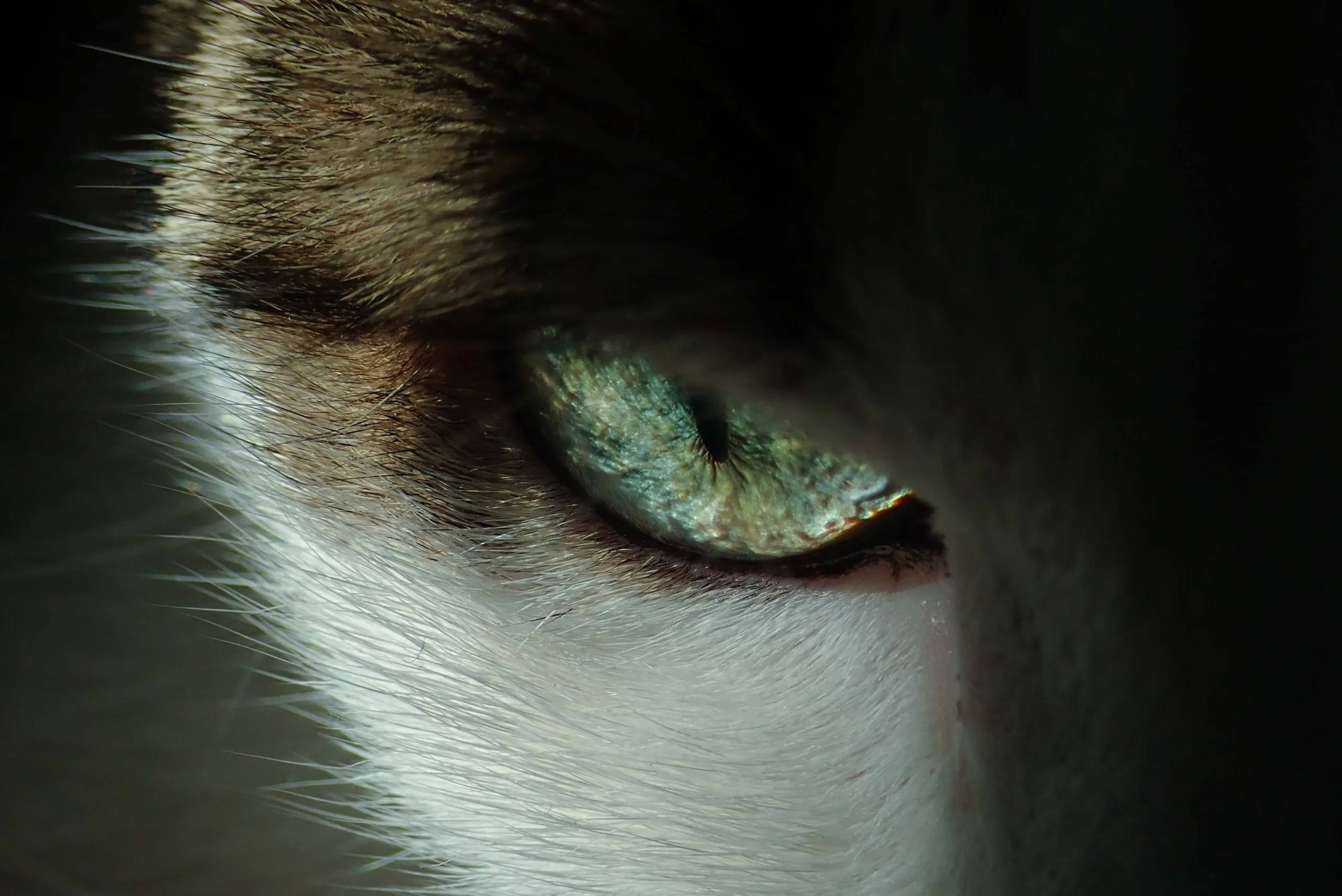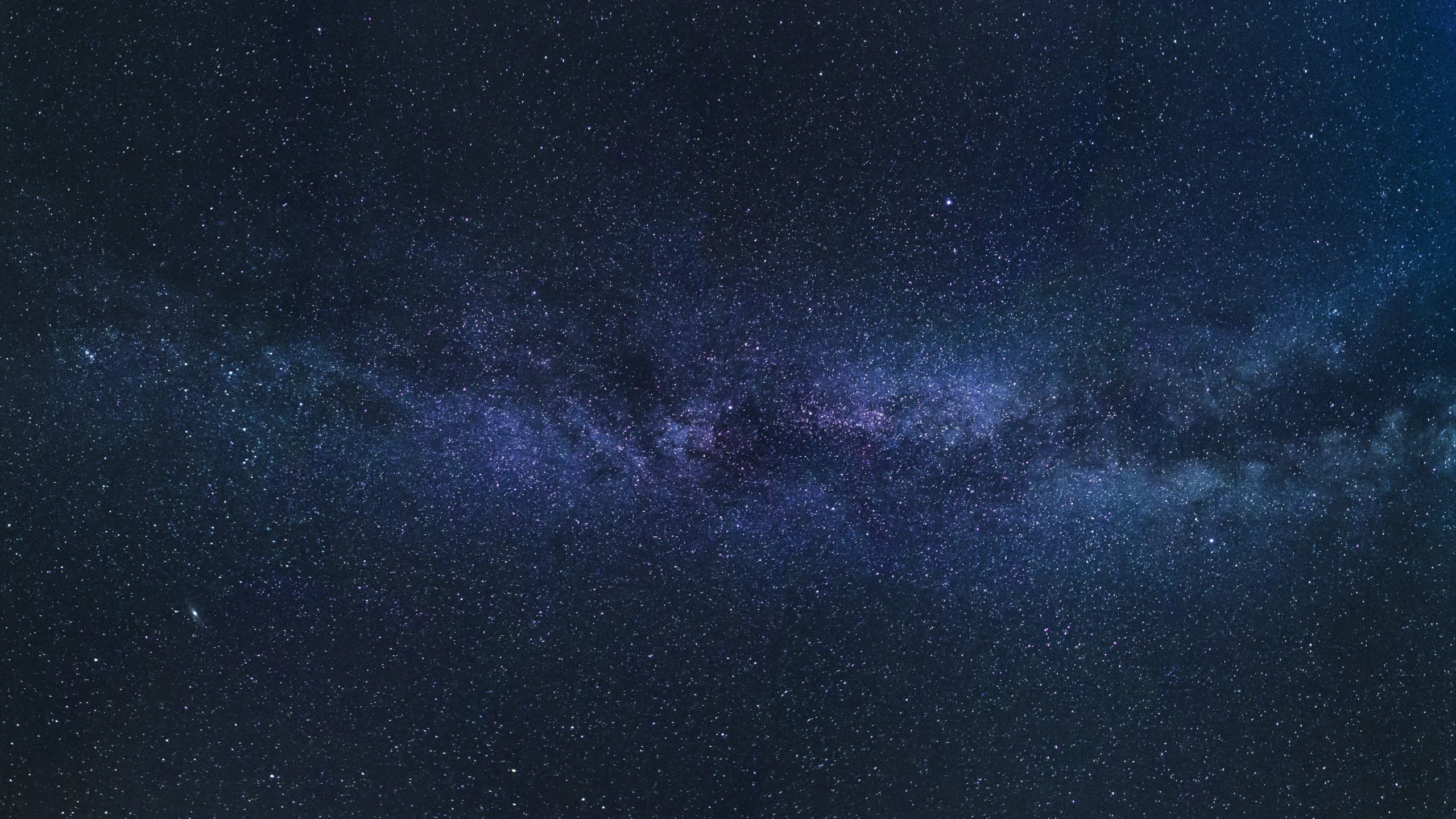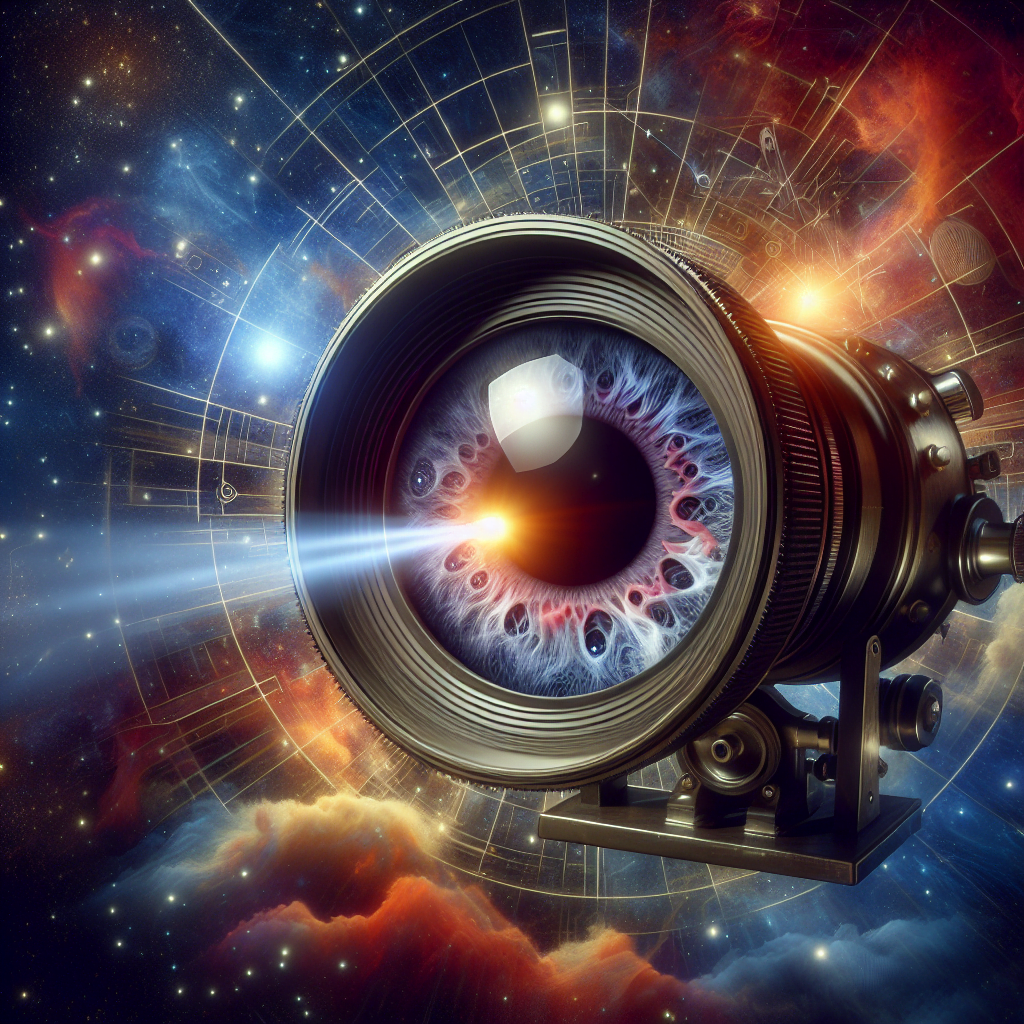Have you ever wondered what makes the view through a telescope so mesmerizing? The answer lies in a key component called the “exit pupil.” But what exactly is the exit pupil and why is it so important? In this article, we will explore the significance of the exit pupil in telescopes and how it affects your viewing experience. So next time you gaze up at the stars, you’ll have a deeper understanding of what makes those celestial wonders so captivating.

Table of Contents
Understanding the Exit Pupil
The exit pupil is a fundamental concept in the world of telescopes, and understanding its role and significance is crucial for any aspiring astronomer. In simple terms, the exit pupil refers to the circular beam of light that emerges from the eyepiece of a telescope and enters your eye. It is essentially the virtual image of the telescope’s objective lens or mirror formed by the eyepiece. The size of the exit pupil is determined by the telescope’s aperture, focal length, and magnification, and it plays a vital role in determining the quality of your observing experience.
Factors Affecting the Exit Pupil
Several factors come into play when considering the size of the exit pupil. Let’s delve into each one of them to gain a better understanding.
Telescope Aperture
The aperture of a telescope, which refers to the diameter of its objective lens or mirror, is one of the primary factors affecting the exit pupil size. A larger aperture allows more light to enter the telescope, resulting in a larger exit pupil. This means that telescopes with larger apertures have the potential to provide brighter images and a wider exit pupil.
Telescope Focal Length
The focal length of a telescope is another determinant of the exit pupil size. The focal length is the distance from the objective lens or mirror to the point at which the light rays converge. Telescopes with longer focal lengths produce larger exit pupils, while those with shorter focal lengths result in smaller exit pupils.
Magnification
The magnification of a telescope, often achieved by switching eyepieces, also affects the exit pupil size. As the magnification increases, the exit pupil becomes smaller. This is due to the fact that magnification involves spreading the light from the objective lens or mirror over a larger area, resulting in a reduced exit pupil. It is important to strike a balance between magnification and exit pupil size to optimize your viewing experience.
Optimal Exit Pupil Size
Understanding the optimal size of the exit pupil is crucial for achieving the best possible visual experience while using a telescope. To determine the ideal exit pupil size, we need to consider the human eye’s pupil diameter and the characteristics of the observed object.
Relation to Human Eye’s Pupil
The human eye’s pupil acts as a natural aperture and has the ability to dilate or contract, depending on the lighting conditions. The average pupil diameter in normal daylight is around 2-3 millimeters, while it can expand to 6-8 millimeters in a dark environment. To ensure the maximum utilization of available light and a comfortable viewing experience, it is recommended that the exit pupil size matches the dilation of your eye’s pupil.
Ideal Exit Pupil Range
An exit pupil size that closely matches the dilation of your eye’s pupil allows for efficient light transmission and ensures that you receive the brightest image possible. For most individuals, an exit pupil size between 5 and 7 millimeters is considered optimal. This range strikes a balance between providing sufficient light for a bright image while not exceeding the maximum dilation of the human eye’s pupil.
Effects of Exit Pupil Size on Observation
Now that we understand the factors influencing the exit pupil and the ideal size range, let’s explore the effects of exit pupil size on the actual observation.
Brighter Image
A larger exit pupil allows more light to enter your eye, resulting in a brighter image. This is especially advantageous in low-light conditions or when observing faint objects such as distant galaxies or nebulae. By maximizing the exit pupil size within the optimal range, you can enhance your ability to observe these dim celestial objects and fully appreciate their splendor.
Higher Contrast
In addition to brightness, exit pupil size also affects the contrast of the observed image. A larger exit pupil tends to produce higher contrast, allowing for clearer differentiation between various details within the object being observed. This is particularly beneficial when studying the intricate features of planets or the surface textures of the Moon.
Improved Image Detail
The exit pupil size also plays a critical role in determining the level of detail visible in an observed image. With a larger exit pupil, finer details become more apparent, enabling you to discern intricate features and subtle variations in brightness. This is particularly important when observing celestial objects that exhibit intricate structures, such as the rings of Saturn or the spiral arms of distant galaxies.

Impact of Exit Pupil on Eye Relief and Viewing Comfort
Apart from the effects on observation, the size of the exit pupil also influences the eye relief and overall viewing comfort.
Eye Relief and Exit Pupil
Eye relief refers to the optimal distance between your eye and the eyepiece of the telescope to achieve a full-field view. The size of the exit pupil affects the ideal eye relief distance, as a larger exit pupil requires a greater eye relief to fully capture the entire image. It is important to consider both eye relief and exit pupil size to ensure a comfortable observing experience without straining your eyes.
Comfortable Viewing Experience
By aligning the exit pupil size with your eye’s pupil, you can enjoy a comfortable and immersive viewing experience. It allows for a more relaxed observation session without the need to constantly reposition your eye or make adjustments to accommodate a mismatched exit pupil size. Comfort is key when engaging in prolonged stargazing sessions or when exploring the wonders of the night sky.
Exit Pupil and Low-Light Conditions
The importance of exit pupil size is particularly pronounced in low-light conditions, such as during dusk or in darkest nights. Let’s explore how exit pupil impacts your observation experience in such situations.
Enhanced Observation in Dim Light
In low-light conditions, the human eye’s pupil naturally dilates to capture as much available light as possible. By matching the exit pupil size to the dilation of your eye’s pupil, you can optimize the collection and transmission of light, resulting in enhanced observation capabilities. This is particularly beneficial when observing faint celestial objects or during stargazing sessions in dark, remote locations.
Adaptation to Dark Environments
Having an exit pupil that aligns with the dilation of your eye’s pupil also aids in adapting to dark environments. By using a telescope with a suitable exit pupil size, you can ensure that your eyes adapt to the darkness efficiently. This allows for improved night vision and a greater ability to discern the subtle details and varying levels of brightness in celestial objects.

Exit Pupil and Eyepiece Selection
The importance of exit pupil extends to the selection of eyepieces for your telescope. Let’s explore how to pair the exit pupil of a telescope with the appropriate eyepiece.
Matching Exit Pupil with Eyepiece
Different eyepieces have different properties, such as focal length and field of view, that can impact the exit pupil size. When selecting an eyepiece, it is essential to consider the exit pupil it will produce in conjunction with the telescope’s aperture, focal length, and magnification. Ideally, the eyepiece should generate an exit pupil size that falls within the optimal range mentioned earlier to maximize image brightness, contrast, and detail.
Choosing Eyepieces Based on Exit Pupil
To choose the right eyepiece based on the desired exit pupil size, you can calculate the exit pupil using the formula: exit pupil size = telescope’s aperture / magnification. Once you have the desired exit pupil size, you can select an eyepiece with the appropriate focal length to achieve the desired magnification. It is important to note that different eyepieces may have different field of view characteristics, which can influence your observing experience.
Practical Considerations of Exit Pupil
When utilizing a telescope, several practical considerations related to exit pupils should be taken into account.
Exit Pupil and Telescope Size
The size of the exit pupil is directly linked to the size of the telescope and its components. Larger telescopes with larger apertures have the potential to produce larger exit pupils, which can be advantageous for observing faint objects. However, larger telescopes also come with increased weight and bulk, making them less portable. It is essential to strike a balance between the desired exit pupil size and the practicality of transporting and using a larger telescope.
Exit Pupil and Observing Targets
The exit pupil size should also be considered in relation to the specific observing targets. Different celestial objects have varying levels of brightness and detail, which can influence the optimal exit pupil size. For objects with low surface brightness or intricate structures, a larger exit pupil may be preferable to capture finer details. On the other hand, objects with high surface brightness may benefit from a smaller exit pupil to enhance contrast.
Exit Pupil and Magnification Range
Considering the desired magnification range of your observation session is important when determining the exit pupil size. Different objects and observing goals may necessitate different magnifications, and selecting an appropriate exit pupil size that aligns with the intended magnification range can optimize your viewing experience.

Exit Pupil and Image Quality
The exit pupil size significantly impacts the quality of the observed image. Let’s explore the effects of exit pupil size on image brightness and sharpness.
Image Brightness
The larger the exit pupil, the brighter the observed image will appear. By matching the exit pupil size with the dilation of your eye’s pupil, you can fully utilize the available light and achieve the maximum possible image brightness. This is especially crucial when observing faint celestial objects or attempting to discern subtle details within the observed image.
Image Sharpness
While exit pupil size primarily influences image brightness, it can also have some impact on image sharpness. A larger exit pupil generally allows for better image sharpness, as finer details become more apparent and less affected by diffraction. However, it is important to remember that other factors, such as the telescope’s optical quality and atmospheric conditions, also play a significant role in determining image sharpness.
Conclusion
Understanding the importance of the exit pupil in telescopes is essential for any stargazer or astronomer. The exit pupil determines the brightness, contrast, and detail visible in the observed image, making it a crucial factor in optimizing your viewing experience. By considering the factors influencing exit pupil size, such as telescope aperture, focal length, and magnification, and aligning it with the dilation of your eye’s pupil, you can ensure a comfortable and immersive observation session. From enhanced observation in low-light conditions to the practical considerations when selecting eyepieces and telescopes, the exit pupil is an integral part of the stargazing journey. So next time you gaze into the vastness of the night sky, remember to consider the importance of the exit pupil and enjoy the wonders it reveals.

